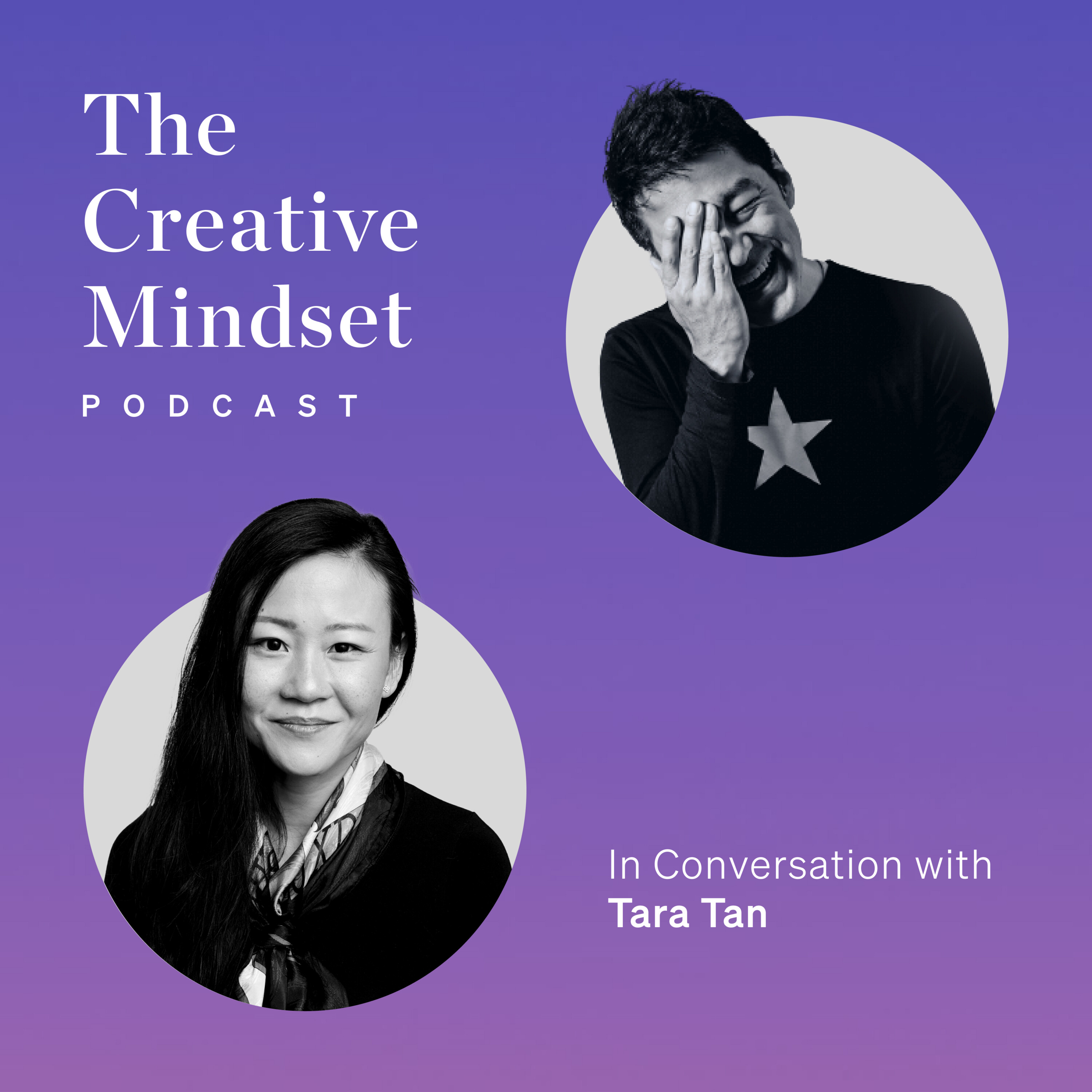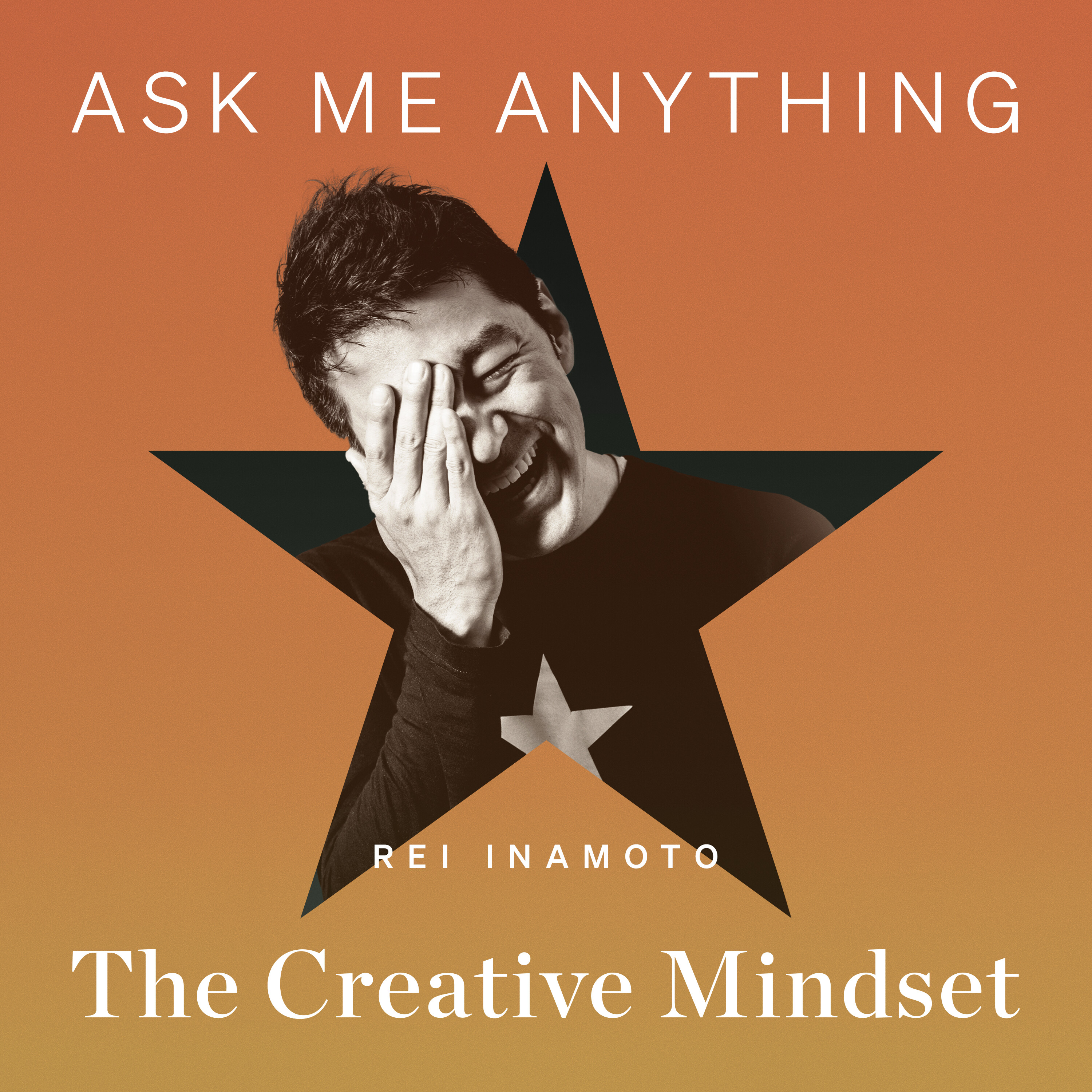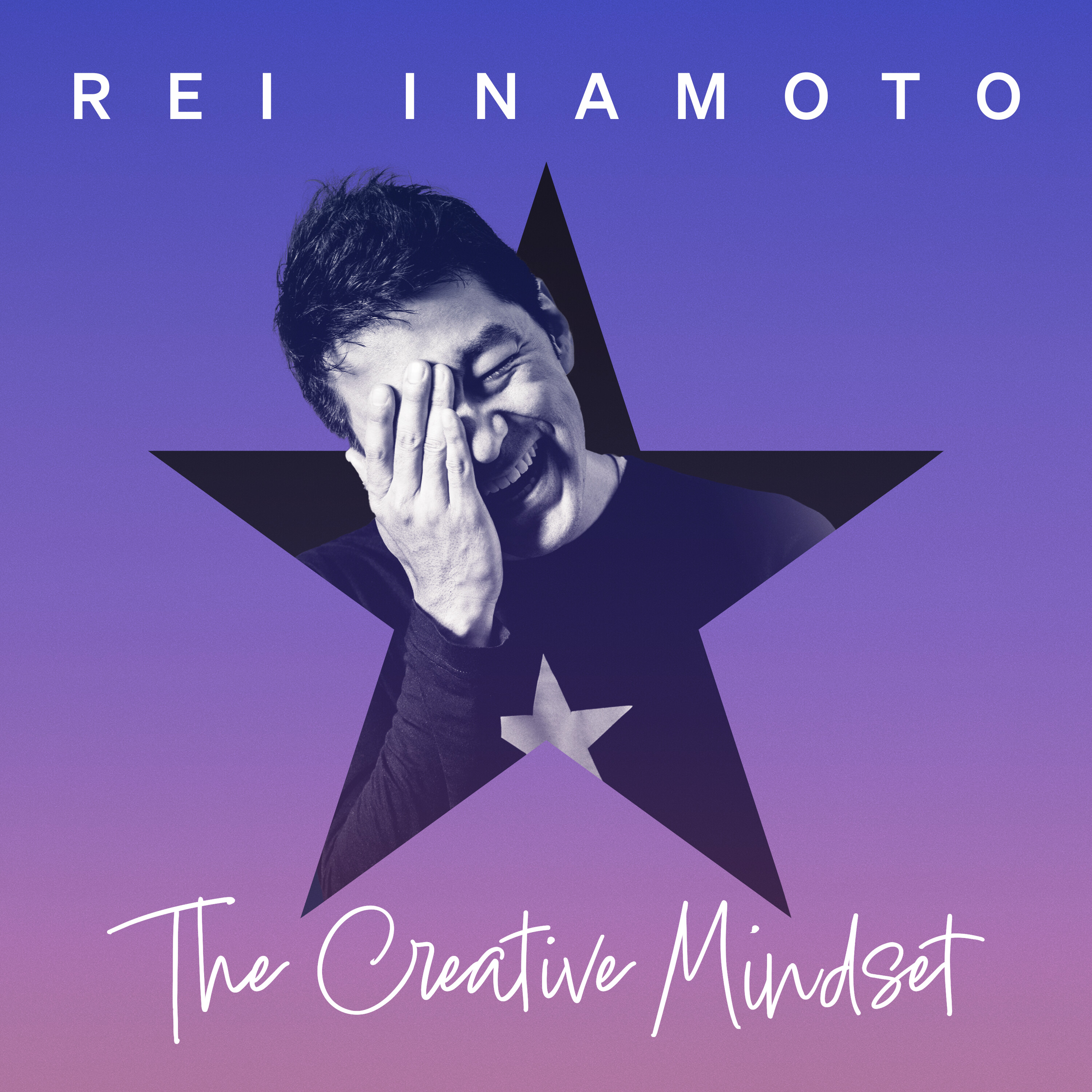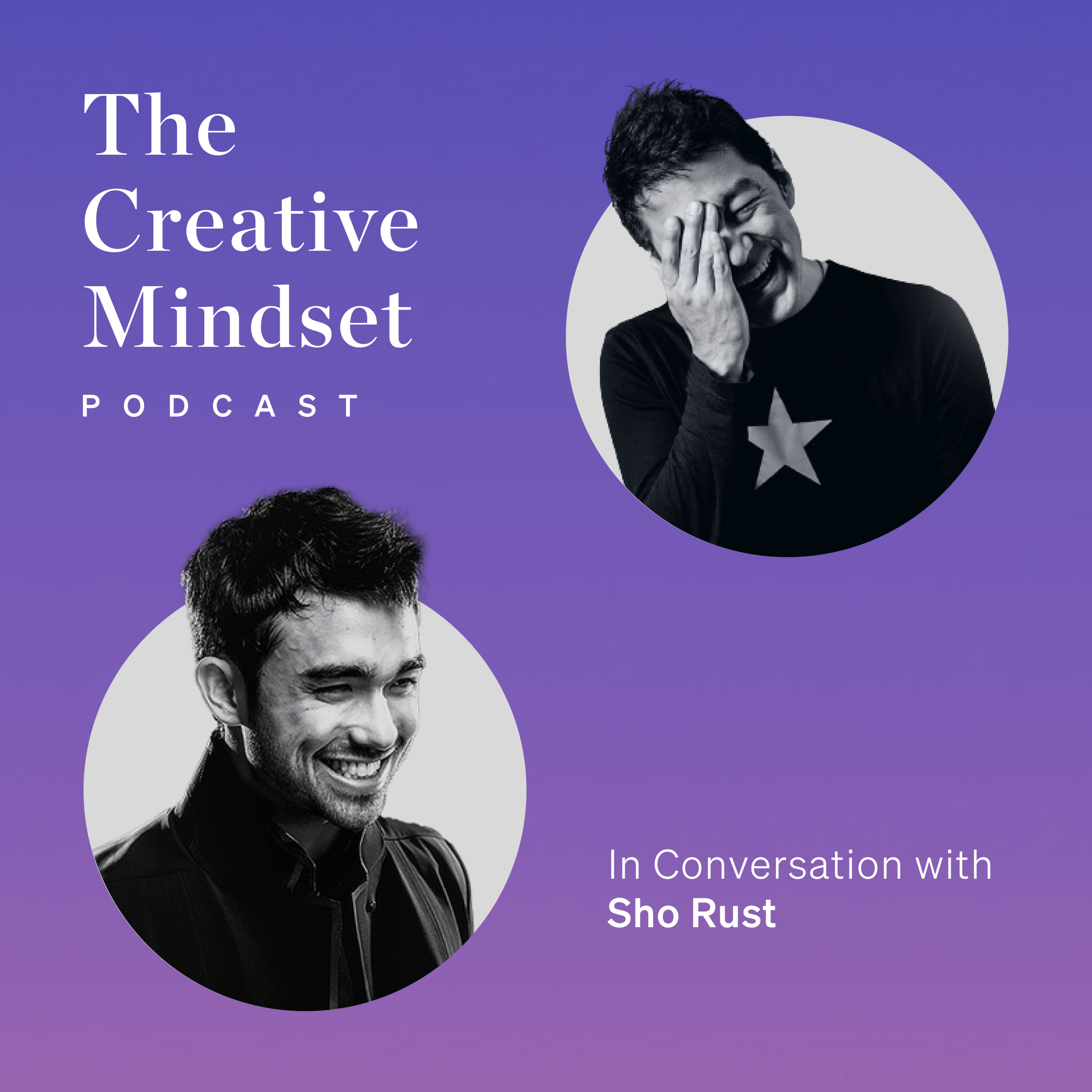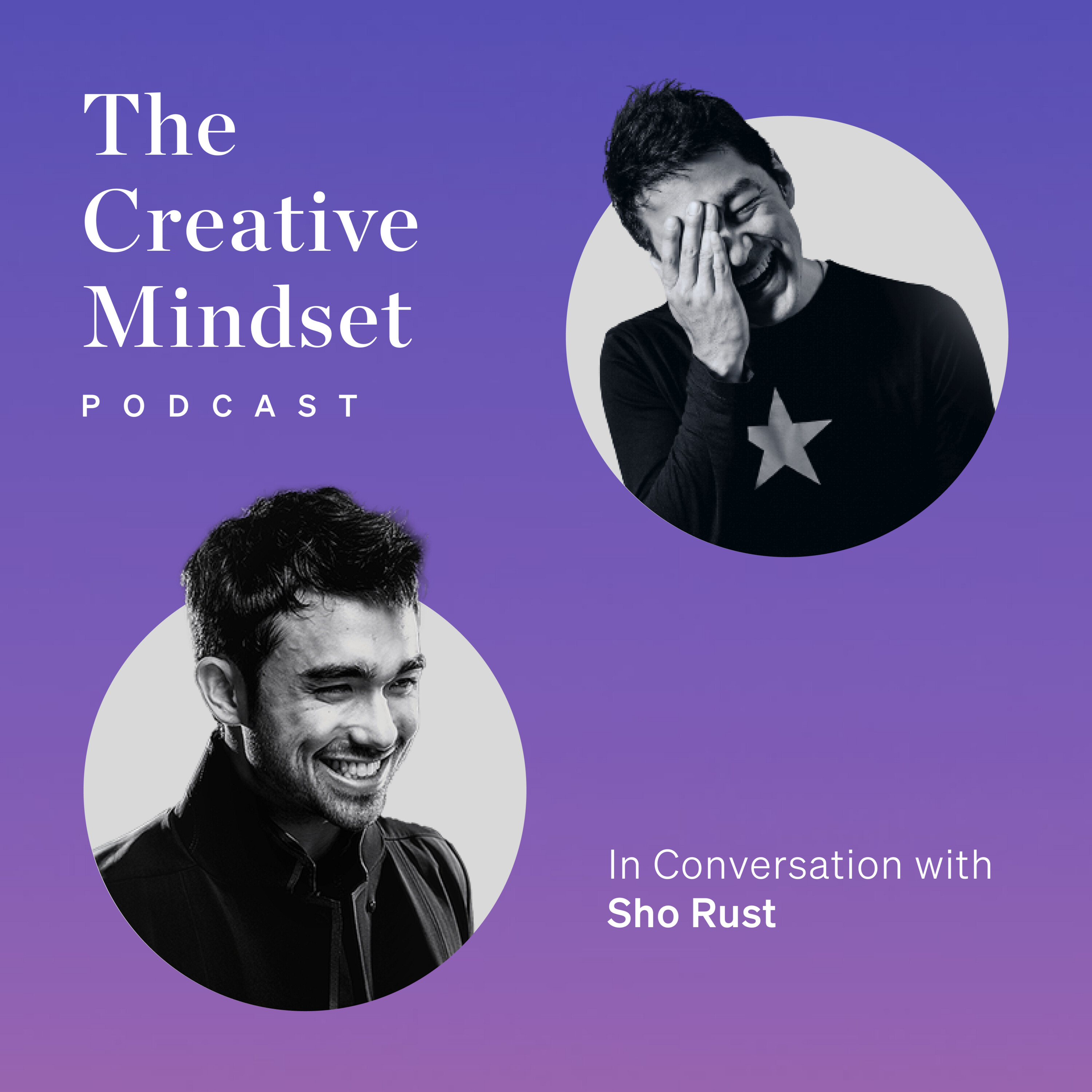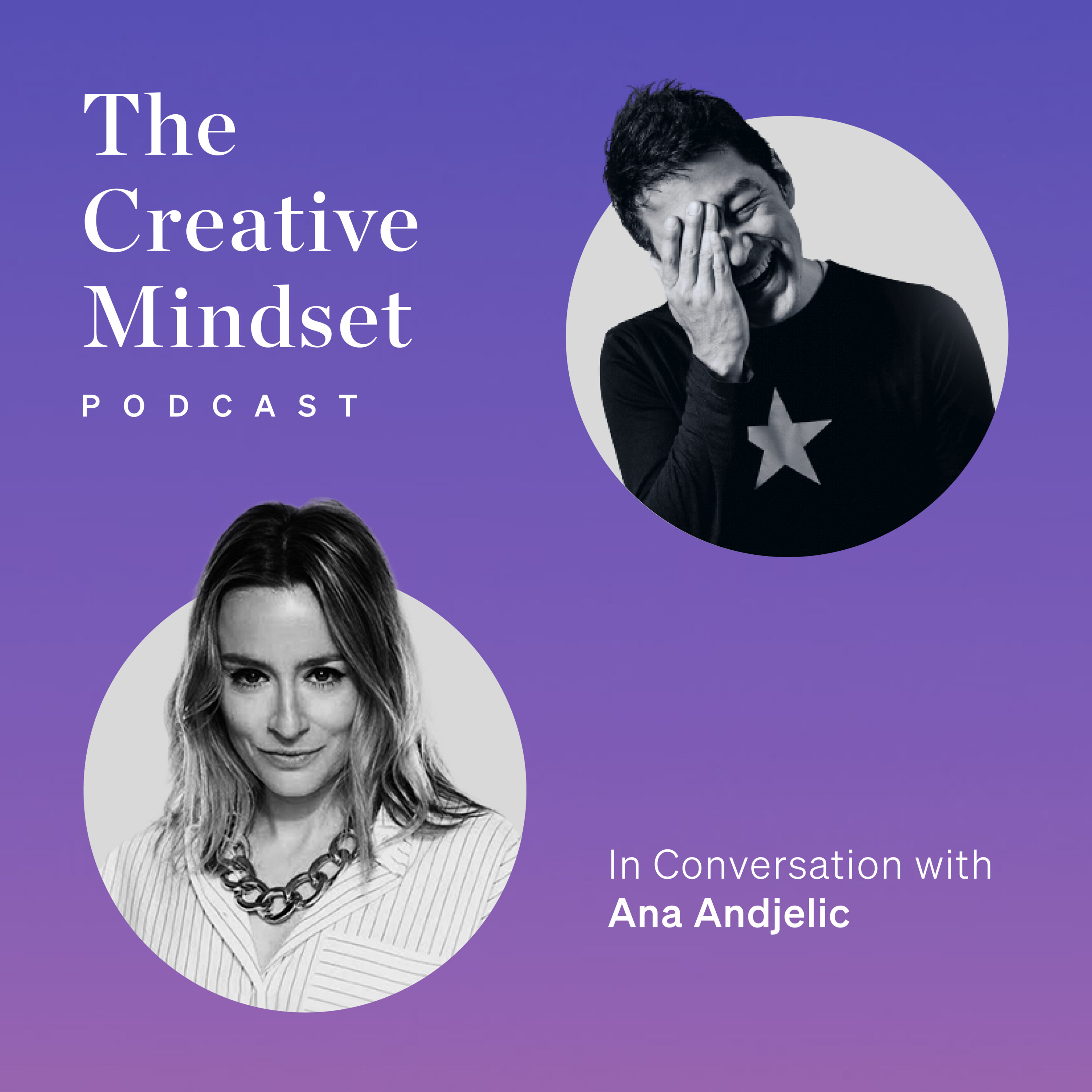So either at the Strange Ventures or your prior experience at the IDEO Ventures,
have you had any unicorns? What were some of the hits and home runs that you might have had?
Yeah, so this is where it becomes tricky because I think, I don't know how much I can say,
but I can say that the IDEO is top quartile. I would say beats typical fund returns by about 5x.
Oh, 5x. Not bad.
Yes. So it's really the top of the game. And I think we started investing probably
more opportunistically 10 years ago at IDEO, and then launched the institutional funds in 2018,
and then we had another fund in 2020 and beyond. But the performance is top quartile, if I say so
myself. And I think the testament to that is the leverage and differentiator that design brings to
the table. Some of the major exits from IDEO include places like PillPack. So we were very involved
with your design and strategy from the early stages. That was a great win for us. And then
we had others like Drizzly and beyond. At IDEO and the venture fund that you
are running, was there a certain focus of the types of companies that you were investing in?
Yeah, it was varied. So in 2018, we had a distributed web crypto fund. This was 2018.
That was crypto fund one that was fully focused on the blockchain and distributed web.
And then 2020, I think IDEO in general had a pretty broad mandate. So they invested in things
like enterprise SaaS, to climate, to digital health was a pretty big portfolio for them as well.
Yeah. And then were you looking for companies that already had a decent design capability
or was IDEO there to support and supplement the lack of design?
That's a great question. I think in truth, it's a mix. So some founders appreciate design and they
know they need it. And they're looking for a partner to complement that. And some teams already
have incredible design talent embedded within the founding team. So it was a mix.
Yeah. But what do you do when you find a company or founder or founders who maybe,
and I don't mean to make it about engineers versus designers, but say, brilliant engineers,
but they might not value design as much as people like you and I do. Have you invested
in those types of founders and or companies? And in that case, what do you do to infuse that
sensibility of design?
Some of the most productive partnerships in my 15, 20 years as a VC and as an operator has been
working with deep tech founders. So really technical talent. And I'm often the first
creative partner they work with to translate and commercialize that technology. I would say,
if they absolutely didn't believe in design and they, I think it's going to be a hard sell
right to them. And it's not going to be natural for them to embed the process into
their business operations. But my design, we don't mean aesthetics. We don't just mean
pretty pixels. We really are talking about the process to understand your customer
in several instances, discover them and build great products that meet their needs.
Can you give me a specific example?
Yeah, for sure. So for IDEO, they worked with PillPack very early on. So PillPack is one of the
first mail order pharmacy. In the US, it's extremely hard to get your medication. You
have to go physically to a pharmacy, put your prescription in and then so on. So what PillPack
did was that they made it super simple and they worked with IDEO to design the product of it.
They managed all the backend of the prescriptions, the medication and the delivery.
But what they did differently was that instead of packaging the medication by type, you get like,
this is for X, Y, Z, they packaged it according to the time and day you're supposed to take it.
So they interviewed hundreds of patients, understood, especially those who were on
very chronic or very complex medication schedules. That was really a lifesaver.
If you have Alzheimer's or you have something that makes it really hard to remember which pills to
take when, this was just instantly much more personalized to you, made it much easier for you
to remember and how to take it. So they were acquired by Amazon, I think in 2017, if I'm not
wrong. So it's a great example of how design really helped shape the product itself and the
product experience. I'll talk about one from my portfolio that we're invested in. So River
Financial is a premium prime brokerage for Bitcoin. So when they first were founded and I
met Alex Leishman, the founder, many years ago, he was running the SF Bitcoin devs that's hosted at
Digital Garage in San Francisco. Oh, yeah. Yes. Many, many years ago. Yeah. I think since
probably the start. Alex is amazing. And he started River with the vision
of building the best in class Bitcoin brokerage. But when he entered, there were two giants in the
market. There was Coinbase, which we all know, which had a really huge market share. And there
was Binance, which served the other end of the market. So there were these two giants. He came
out. He had the best in class security systems, custody systems. He was building really great
lightning payments, infrastructure in the back end. So he had all that technology in place.
But he sort of faced these two industry giants and found themselves sort of at a gridlock.
And it was like, how can we beat them? How can we get a foothold in the market?
So they went out, they started digging deep and they started exploring different,
talking to different people, understanding like, is there a market segment that was
that they could serve? And they found them. Turns out there's a very wealthy,
very underserved class of people who desperately wanted access to Bitcoin.
But they did not want to wire money across the internet. So these were your very wealthy
folks who were maybe a little bit older, a little bit more traditional, who lived, say,
not on both coasts of the US, so they were less tech savvy. They were used to picking up the phone
and buying massive amounts of stocks or shares in Apple or Google, but not over the internet,
over the phone. So they designed a white glove product where they would serve this segment of
very wealthy individuals, wealth advisors, family offices who just wanted access to Bitcoin.
So they're doing super well now. They're hitting their series B.
And this is a really great case study of how a company really turned to design to
discover its users and hit a goldmine. So Bitcoin for boomers.
When you got involved with them, they didn't yet have a product market fit, it sounds like.
Or did they?
Well, no. And most early stage companies, you don't. You have a hunch.
You know, maybe they do customer interviews, insights, they have a hunch.
And that's why I think early stage venture is as much an art and a science,
because the data is limited. When you're doing growth stage investments,
what they call growth stage investments, which means you invest in companies at a series B,
C, D, and beyond, there's lots of data to look at. You can look at time of market, customers,
revenue that's earned, traction, and so on. But at the earliest stages, you know.
Are you doing pre-seed or seed?
I'm doing pre-seed to series A. So pre-seed, seed, series A.
Got it, got it. Yeah.
VCs in particular look for what they call unicorns. So startups that would generate
20 to 1,000 X returns. That's what we're really looking for. So we're really looking for
the outliers that will give you outsized returns. I think the trick to unicorns isn't so much that,
you know, it's part luck, but it's also just pure grit and determination to kind of push through
the bad parts of starting a company, the lows, and it kind of pulls you through.
So I find that unicorn founders often have a personal purpose that's very tied to their
business. And that usually is what drives them and pushes it through.
So especially at the pre-seed or even seed level, even seed level, those are unproven seeds,
so to speak, right?
Yes.
Yeah. And I would imagine some of the founders that you're talking to,
even the ones that you haven't invested, might be quite young and, you know,
might not have the experience and might not have the track record. So how do you decide,
you know, you use the word hunch, you also use the word art and science. What's the art part?
And what's the science part when it comes to, okay, I'm going to bet on this,
even though there might not be a market fit yet.
I would say many investors take different approaches. I mean, there are very tangible
data points that you can look at, which is number one, is the market opportunity
they're looking at big enough to generate the type of return that we want, right?
So the advantage and the appeal of investing at the early stage is that if you get it right,
those multiples beat the later stage sort of investing returns by a huge margin.
Right, right.
Right. So I think, so that's one. So we look at number one, market opportunity.
Is that, you know, is that big enough? Is it big enough for market or is it more of a,
you know, small business, medium size? Are we going to be able to get the returns that we want?
Number two is that we look for founders that have an earned customer insight.
So that's really important for us. We look for startups that have an earned
customer or technical insight. So one of two.
Okay.
So either they've, you know, been a product manager at a bank for several years,
they see a hole in financial services that they want to serve,
or they spent the last 10 years at, you know, a top tier tech company
inventing a certain technology that they're now able to sort of, you know,
jump off and kind of build into a larger product or protocol.
At relevant expense and relevant insights.
Yes.
Yeah. I think I understood the first one relatively straightforward, technical talent.
So that's all about the founder and or the founding team.
Yeah.
The second one, when you say proprietary data set, I have a vague idea of what that could be.
But again, just for the sake of listeners, what do you mean by that proprietary data set?
So, you know, most models, you can get access to really great foundational models today,
and they're often open source. But really the differentiator between startup A and startup B
is how good their model is. So, you know, whether they fine tune it,
most of them won't build one from scratch, but a lot of them will fine tune it.
And when you fine tune it, the question is, what are you fine tuning it on?
So I think an edge right now is being able to have or access or acquire
certain types of data that would improve the product.
Say, for example, if you're building a jewelry design product,
can you get access to a database or a library of jewelry designs that you can use to inform your
model? For example, talk about fashion, or we talk about music, right? So what is your
catalog or proprietary sort of library that you can use to train this model?
What else?
Expert and expertise. And then I would say, you know, honestly, a breakthrough experience.
So a breakthrough user developer experience. And I can talk about it in context for strange
specifically, which only invest in AI. So the three moats that I think exist in AI, right?
Because most AI foundational models are heading towards being open source.
So the largest question in AI right now is where is the value going to be in terms of the,
you know, sort of investment returns. And everyone's always like, oh,
are we going to be obsolete next month if this big company releases X, Y, Z?
Right. So I think there are three things. And this is why I think design is key to investing
in AI. So key. I think there are three things. One is obviously incredible technical talent. So
people who are truly able to build foundational technology. The second one is proprietary
datasets. And this is key because whether they have a line of sight to acquiring or getting
customer data that would improve their model and improve their product. So that's part of the AI
flywheel that we're talking about. And the third one is great user and developer experiences.
Right. Got it. Got it. So you said, you know,
technical talent, proprietary dataset. And then the third one was seamless developer and user
experience. Give me an example. It doesn't have to be a company that you invested in,
but give me an example of what you mean by seamless user and developer experience.
I mean, you know, most, I would say SaaS products, you know, consumers are getting
pretty sophisticated around user experience. So I think that's very key in terms of, you know,
I mean, you can think of most of the popular SaaS products, you know, BigMod, even like Slack.
You know, Slack wasn't the first to enterprise chat by far, but we had a great experience.
No, if you compare Slack's features to like, what was it? HipChat or something,
the couple of iterations before it. There were a hundred other enterprise chats.
Yeah. And they're exactly the same, exactly the same.
Yeah. But just the user experience was just that much different.
Absolutely. Yeah. The companies and founders that you are
looking for and investing, are they mainly technical people? You, you know, you, you,
the first thing that you said that you look for is technical talent and you didn't say creative
talent. Yes.
Yeah. So are you specifically looking for technical talent to begin with?
I would call them creative technologists. So, um, they would have technical roots,
but they, uh, you know, the most technical people are actually very creative.
They're very creative. They're very visionary. Uh, I mean, they not be, not be able to draw or,
you know, do all that sort of visual stuff, but they're extremely creative.
Yeah. Yeah.
And I find that the most brilliant minds are often extremely, extremely creative,
and they can sort of switch between the abstract and intangible,
which is what designers and creators can do very well.
Yeah. I do agree that really good technical people are also good, great creative people.
And the best people that I worked with, whether they are in a traditional sense, creatives,
or in a traditional sense, technologists, they might have a specialty in terms of what they make,
but in terms of the way they think they can sort of transcend to other areas.
Yes. We invested in, um, you know, sort of a really great generative AI image company.
I'm just going to give a great example. They're still in stealth right now.
So the great, building a great sort of product, great experience, um,
you know, that, uh, will make image editing and beyond very easy, very seamless, very joyful to use.
Um, but the more that users use them, the more data they get about, uh, you know, what they're
using it for, what they're creating and so on. I can imagine that it loops back and improves that
their model that they're making. Right. So this is like AI flywheel that I think will be the
edge for me for most companies in the next five to 10 years.
Yeah. But how is that different from, let's say, say mid journey or value or any other
image generative AI tools?
I mean, mid journey is great. Mid journey has insane data, right? So they have an insane
sort of feedback loop as well, where you consent to share your data back with mid journey. You
get actually like more credits and stuff. So they're actually rewarding you for sharing that
sort of feedback loop in there. Yeah. And then would you say this company
that you invested in, are they competitive to be mid journey or are they in a different space?
I think they're slightly different because they're more like a product,
like an enterprise product, like software products. So they actually have an interface
beyond mid journey. I don't know what their plans are in building out an actual sort of
tool versus keeping that sort of frontier research part. I mean, great news for mid journey,
they just crossed 200 million in annual revenue. Oh, wow.
Yeah. And they didn't raise a single dollar of venture capital.
That's amazing. Wow. Yes. So they have complete freedom if you think about it.
That's unusual, isn't it? That's unusual.
I love it. I mean, even as a VC, I love that story. I think it's great. And I wish them all
the best because I think that gives you the ultimate creative freedom. I think the one is
that capitalism means creativity more than creativity means capitalism, right? And there's
always going to be pressure put on by the capitalists to make things more efficient,
to drive things, to move, you know, but when creativity works, the impact and returns are
outsized. It beats any sort of efficient efficiency that you can kind of derive.
And they know that, right?
Lightning questions.
During the interview, we dig deep into different topics surrounding creativity.
On the contrary, with this section, we ask the same questions to the guests to react on the spot
and we don't let them see the questions in advance.
Question number one, if you weren't a venture capitalist or even in the design field,
what else could you see yourself doing?
I would do art. I would do art.
Question number two, if you could live anywhere in the world, where would you live?
I was going to say Mexico City for some reason.
Question number three, where's the next place that you would like to travel to?
I would like to revisit Tokyo. I've been there for a while.
Question number four, what's your favorite type of dish or cuisine?
Pasta.
Question number five, what's your favorite song or favorite type of music?
I was going to say drum and bass.
Drum and bass.
Question number six, what was the biggest professional turning point for you?
When I made the decision to go into more of a business.
Last question, question number eight, for you, Tara, what is creativity?
For me, creativity is life.
I think it's the magic and it's the reason why we wake up every day.
Even for the capitalists.
Even for the capitalists.
That there's so much hunger and love for creativity.
And I think we're going to see more and more of that in the financial world.
You know, huge PE funds like Blackstone and beyond are hiring designers.
More VC funds are hiring designers.
That's right. That's right.
I am very excited about creatives and what they can do with this new tool.
That was part two of my conversation with Tara Tan,
a designer turned capitalist and the founder of Strain Ventures.
In this part of the conversation, we got into the nuts and bolts,
the specifics of the business that she runs and how she invests.
I couldn't help but to draw parallels between the conversation that we had,
as well as the strike that's been happening,
the writer strike that's been happening in the US for close to five months this year.
In the end, the strike ended with some concessions
that the studios and the distributors made for the writers.
One of them is that the studios would not replace writers with AI
or would not use AI to replace the writers' jobs.
And also allowing the writers to sue the companies that are leveraging their content,
the writers' content for learning to create more content.
So what's been happening this year in the public,
particularly creatives versus capitalists narrative
that I've been thinking about quite a bit lately and how it's turning out.
Of course, we don't know what the world is going to be like next year or the year after
when these things really take effect.
And we start to see the outcome of the strike and the ending result
and how that might influence the way we create content
and the way creatives work with capitalists to move things forward.
The three key takeaways from my conversation with Tara Tan today.
Number one, capitalism needs creativity more than creativity needs capitalism.
Number two, the alignment of personal purpose and business mission.
And number three, qualities that she looks for in founders.
The first point, capitalism needs creativity more than creativity needs capitalism.
Where things become tricky is that when capitalism starts to take over creativity
for the sake of profit and for the sake, for the pure sake of generating more revenue.
And in general, when that is the motive,
I personally believe that the end outcome of a mentality of chasing capitalism
will not end well for human society.
I was really glad for Tara to say that capitalism needs creativity
more than creativity needs capitalism.
Point number two, alignment of personal purpose and business mission.
And this point is quite essential for anybody who is in any type of business
and particularly for the founders to have a clear personal purpose,
you know, why you are doing what you're doing
and align that with what you're trying to do with the business that you are running,
the business that you're trying to start, the business that you're trying to build.
And when that alignment happens between what you care about as an individual
and what your business should accomplish,
when those two things turn into different pieces of gears,
and when the teeth of those gears align nicely to become the engine of success
and to become the engine of growth for your company.
Point number three, qualities that Tara looks for in founders.
And this is another list of really well-articulated simple points that she made.
A, is the market opportunity big enough?
B, does the founder or the founding team have expertise
in a certain specific field that they're in?
C, do they have a breakthrough product experience?
D, do they have a technical talent in their company?
And E, do they have a propriety data set or do they have access to a propriety data set?
And F, seamless developer and user experience.
I know this is a lot of lists.
So, you know, you might want to jot these things down
because these six points that she laid out can be a very useful reminder
to make sure that you are building your business successfully
and create a moat around it so that you can fight against competitors
that might threaten the future of your company.
So think about these qualities that she said that she looks for
in the founders that she tries to invest in,
but those are relevant to anybody who are in a position to manage a company.
So just to summarize, key takeaway number one,
capitalism needs creativity more than creativity needs capitalism.
Key takeaway number two, the alignment of personal purpose and business mission.
Number three, qualities that Tara looks for.
There were six things that she mentioned.
So do make a mental note and make it useful for your business.
